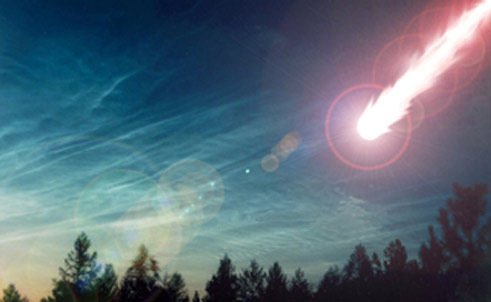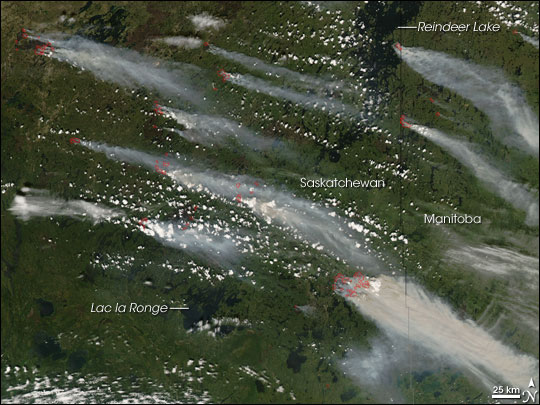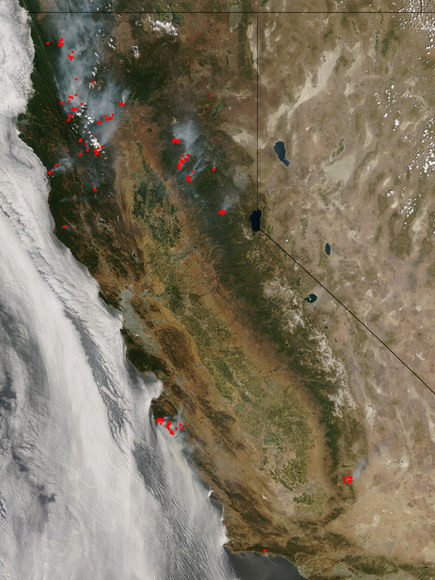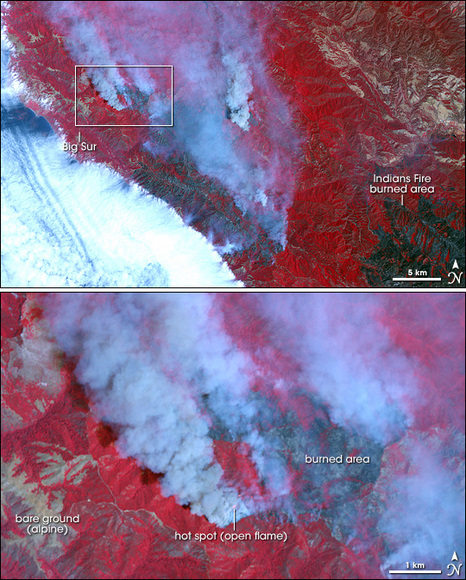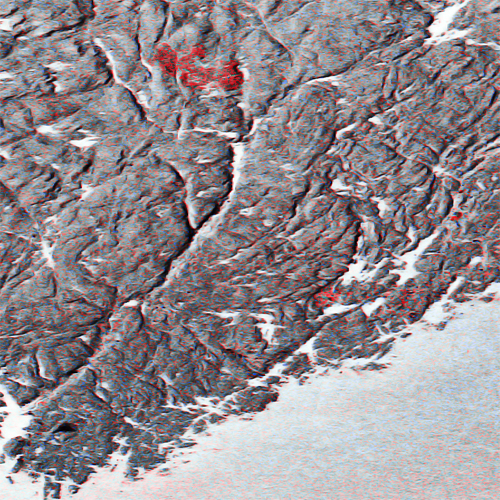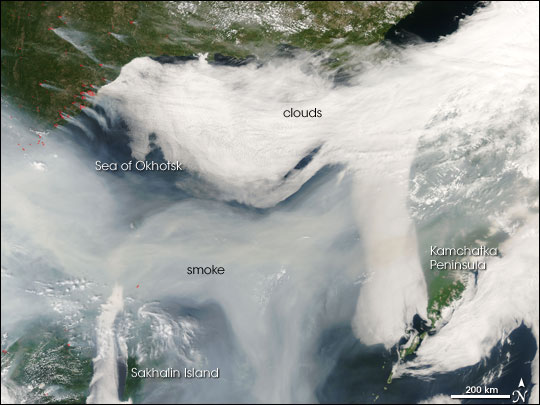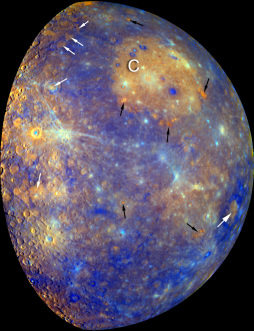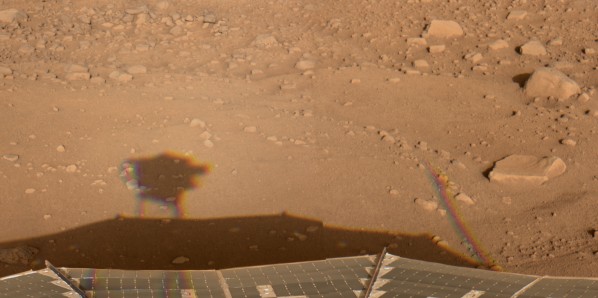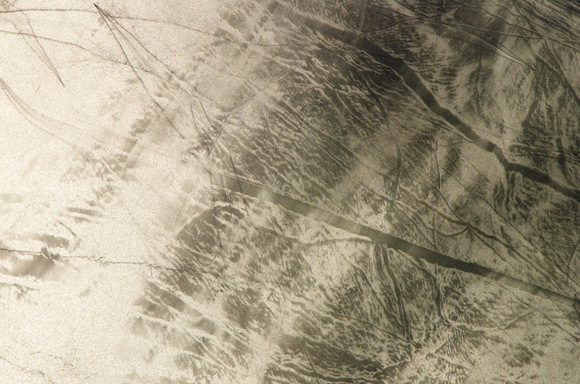About 13,000 years ago, woolly mammoths roamed the North American continent and the first known human society in that region, known as the Clovis civilization, lived there as well. But geologic and archeological evidence shows they both suddenly disappeared, and scientists have long debated the mystery of the mass extinction of both animals and humans about 12,900 years ago. At that time, climatic history suggests the Ice Age should have been drawing to a close, but instead rapid climate change initiated an additional 1,300 years of glacial conditions. But scientists couldn’t agree on the cause of the sudden change in climate. However, about two years ago geophysicist Allen West proposed that an asteroid or comet exploded just above the earth’s surface at that time over modern-day Canada, sparking a massive shock wave and heat-generating event that set large parts of the northern hemisphere ablaze, setting the stage for the extinctions. Another scientist set out to prove West wrong, but ended up finding evidence to support the exploding asteroid/comet theory.
Ken Tankersley, Anthropology professor at the University of Cincinnati studied sites in Ohio and Indiana that offers the strongest support yet for the exploding comet/asteroid theory. Samples of diamonds, gold and silver found in the region have been conclusively sourced through X-ray diffractometry to have come from the diamond fields region of Canada.
Tankersley and West both believe the best scenario to explain the presence of these materials this far south is the kind of cataclysmic explosive event described by West’s theory. “We believe this is the strongest evidence yet indicating a comet impact in that time period,” says Tankersley.
Previously, geologists believed the deposits of the gems and precious metals were brought south from the Great Lakes region by glaciers. But they are found at a soil depth consistent with the time frame of the comet/asteroid event.
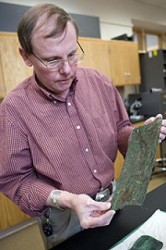
“My smoking gun to disprove (West) was going to be the gold, silver and diamonds,” Tankersley says. “But what I didn’t know at that point was a conclusion he had reached that he had not yet made public – that the likely point of impact for the comet wasn’t just anywhere over Canada, but located over Canada’s diamond-bearing fields. Instead of becoming the basis for rejecting his hypothesis, these items became the very best evidence to support it.”
Additional work is being done at the sites looking for iridium, micro-meteorites and nano-diamonds that bear the markers of the diamond-field region, which also should have been blasted by the impact into this region.
As Tankersley, West and additional scientists compile more data, they’ll be looking for more clues to help explain the history of our planet and its climate.
“The kind of evidence we are finding does suggest that climate change at the end of the last Ice Age was the result of a catastrophic event,” Tankersley says. “The ultimate importance of this kind of work is showing that we can’t control everything,” he says. “Our planet has been hit by asteroids many times throughout its history, and when that happens, it does produce climate change.”
Original Source: Science Daily

